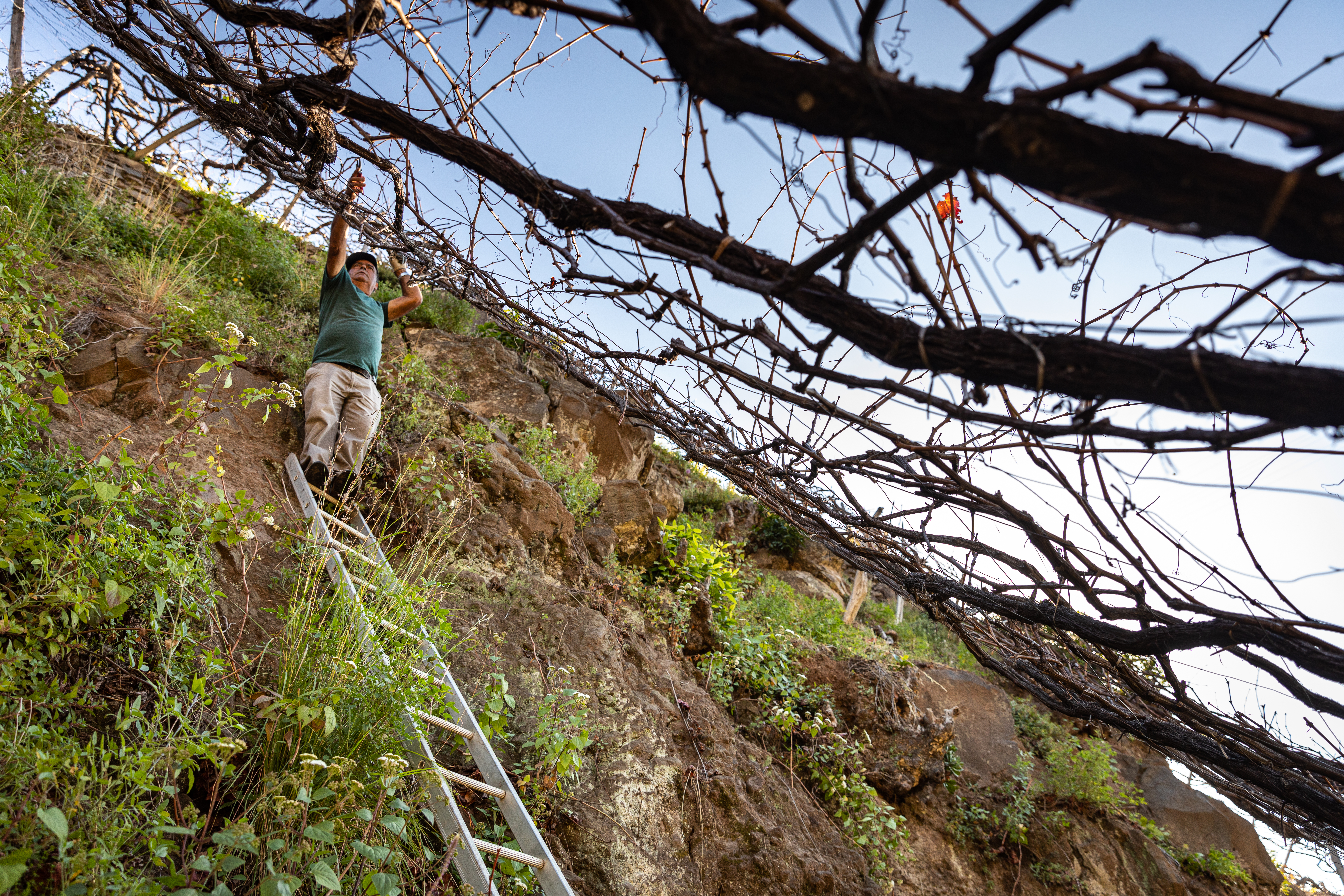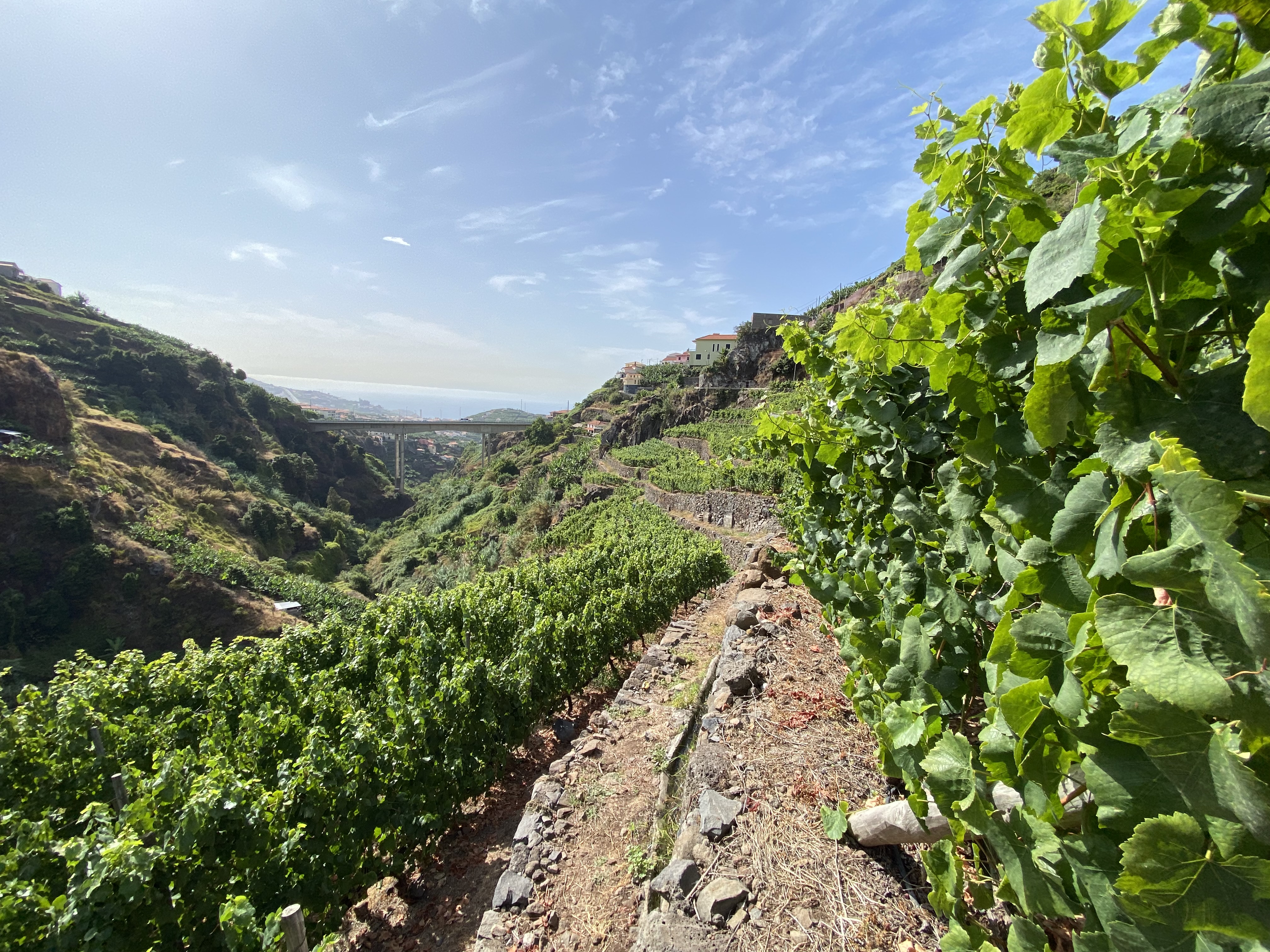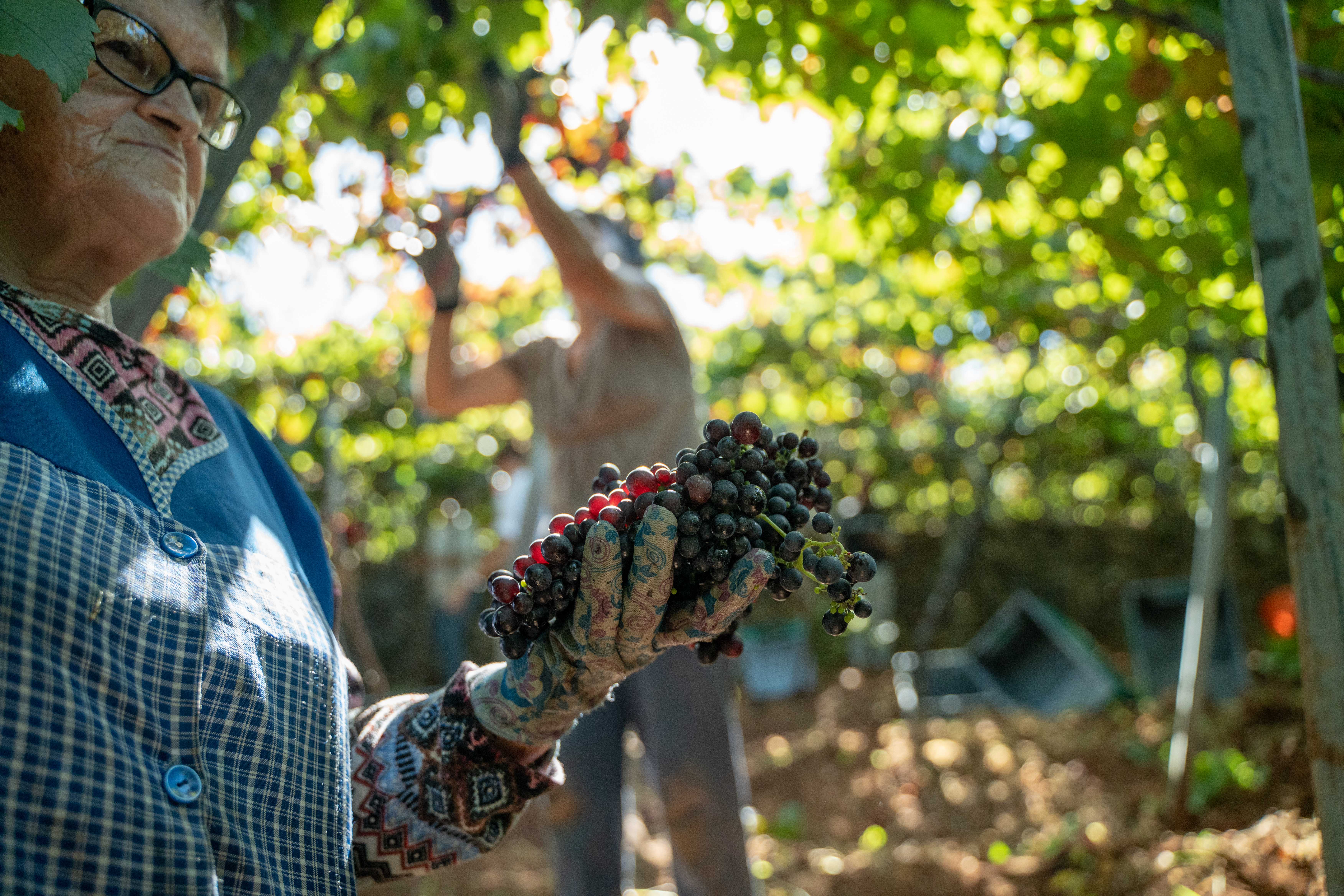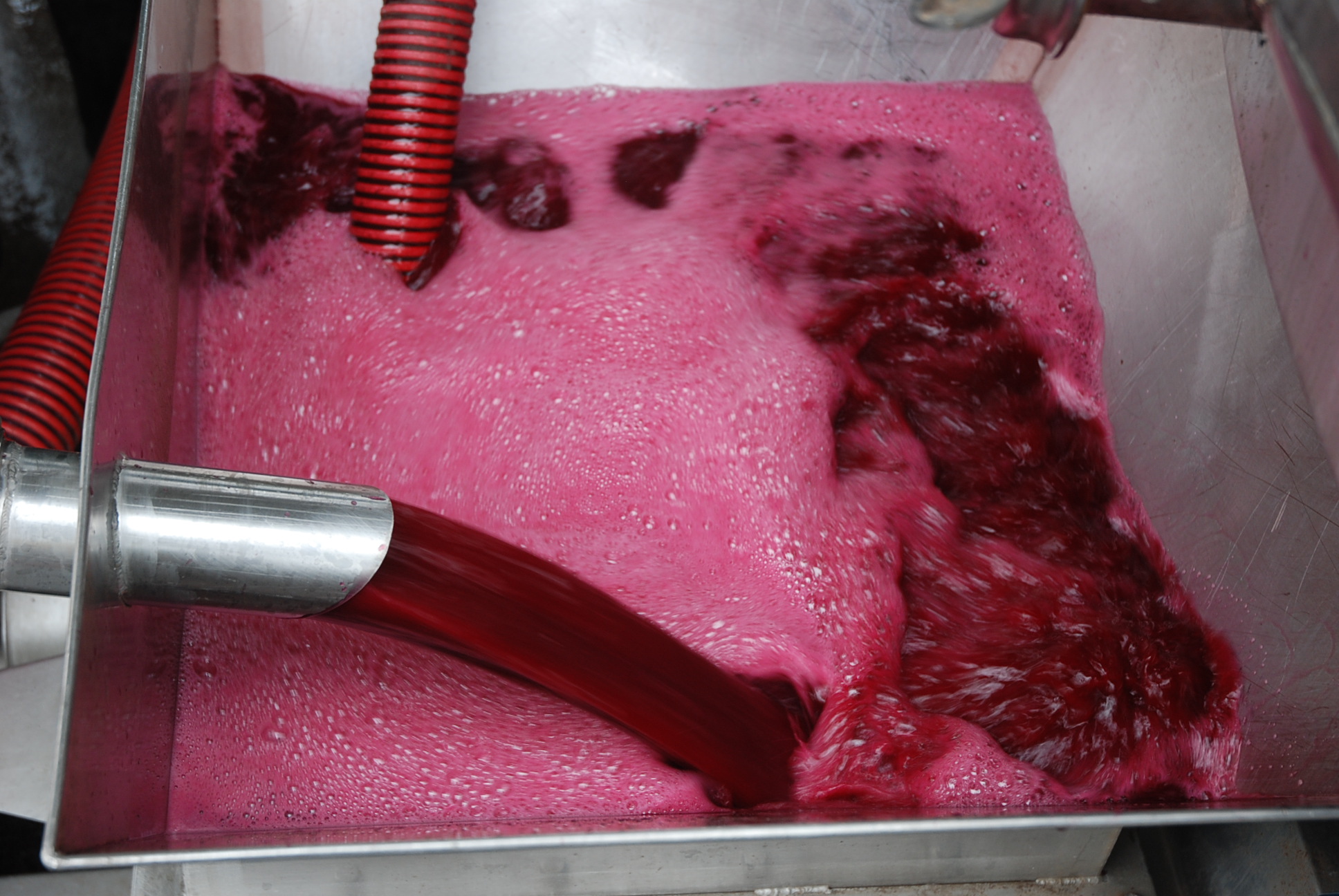We still view the farmer as the "vilão", that image of the man who wears the cap, the narrow-minded guy, who speaks badly, who is small and round and does not leave his land.

Madeira Wine will not disappear due to lack of demand. Well, it continues to have fans all over the world. Nor are there the problems of overproduction in other wine-growing regions. The viability of this sector, in the medium term, will not depend so much on demand, but on supply.
Demographic pressure has always been much more pronounced on the south coast of Madeira. Most of its inhabitants have lived for a long time, with a large population concentrated in the city of Funchal. This has been the capital since the beginning of settlement and was, until the last century, its main port. The southern shore is also today the most sought after by tourists, and this is perhaps the greatest threat to its vineyards. Year after year, plots previously dedicated to this crop are occupied by luxury residential complexes and hotel developments, both in Porto Santo and on the island of Madeira.

In 2017, only about 400 hectares of 741 km2 remained occupied by the Madeira Wine terroir -just a fifth of the 2000 hectares marked in the 1960s by Eduardo Clemente Pereira. This makes this island territory one of the smallest wine-growing regions in Portugal, which is paradoxical considering its long-standing fame.
The north of the island, which produces most of the grapes, remains both the area with the lowest population density and the least attractive for tourists. This does not mean, however, that vine-growing is free from danger in these parts. In both the South and the North, the younger generations are not attracted to the lifestyle of their ancestors. The parents themselves encourage their children to study "so they don't end up like them". The negative view of rurality, often linked to outdated stereotypes, creates a barrier to encouraging younger generations to pursue agricultural careers. The stigma remains deeply rooted in the Madeiran culture, which portrays farmers as the shy, ignorant and rude "vilão". Even those who left their "poios" (terraces) to seek a better life "in the City", are still unable to free themselves from this prejudice that many city dwellers believe belongs to the past. As the architect Vitor Mestre observes:
"We still continue to look at the farmer as the "vilão", that image of the man who wears the cap, the narrow-minded guy, who speaks badly, who is small and round and does not leave his land. This is a completely archaic and unfair view of the Madeiran".

This negative view of rurality makes it difficult to create vocations among young people, today with high levels of education, who will one day inherit the family vineyards. To the social devaluation of the connection to the land, there is added the smallness of the poios where the vines grow and their difficult access that prevents mechanization, making routine tasks much more arduous. Everything comes together so that, in the relatively near future, the phenomenon of abandonment gains increasing proportions, even putting at risk the continuity of the activity of Madeira Wine cellars.
Another problem is related to the mismatch between the supply and demand of the different grape varieties authorized for the production of Madeira Wine.
Tinta Negra, being more prolific and resistant to pests and diseases, is favored by farmers, occupying today 53% of the the terroir. However, the current "degustation code" values white grape varieties more. These grapes, through more fragile, command higher prices, but they are less atractive to farmers due to the risks involved in their cultivation. Tinta Negra is thus often used to make "estufados" wines, which are less valued, or is simply sold in bulk for culinary purposes. This means that the production of white grape varieties, such as Sercial, Verdelho, Boal and Malvasia, is insufficient in the medium term, if the "degustation code" does not change.
